
CROSS COUNTRY DIALOGUE ON UNIVERSAL HEALTH COVERAGE
January 30, 2024, Taj Mahal Hotel, New Delhi
India’s approach to Universal Health Coverage (UHC) has focused on the two pillars of demand-side financing of secondary/tertiary healthcare and strengthening primary healthcare services.
The Pradhan Mantri Jan Arogya Yojana (PMJAY), a government-subsidised health insurance, was launched in 2018 to provide health coverage to the economically lower 40 per cent of India’s population; the largest tax-funded health insurance program globally. This complemented other risk pools such as those for existing and former government employees, defence personnel, railway personnel, and formal sector employees earning less than a prescribed salary. Several states have, additionally, introduced state-level tax-financed insurance over a period of time.
Primary healthcare received attention through the National Health Mission (NHM, previously National Rural Health Mission) and more recently in the form of the Health and Wellness Centres (now rebranded Ayushman Arogya Mandirs, AAM), with a focus on the integration of digital infrastructure. NHM focused on strengthening primary health infrastructure and fostering community engagement, while the AAMs seek to provide comprehensive primary healthcare, in response to the previous limited focus on maternal and child healthcare.
Together, the two provide a foundation for universal health coverage, offering the potential to cover primary, secondary and tertiary levels of care. They constitute a continuum of care approach under the Ayushman Bharat program, a flagship scheme of the Government of India, emerging from the recommendations of the National Health Policy 2017, to achieve the vision of Universal Health Coverage (UHC). Ambitious in their vision, these have witnessed gains: innovations leading to progress on many fronts, increase in footfall at the primary level in some contexts and reduced patient load on higher-level services for primary care needs.
While progress has been visible, access, quality and affordability of healthcare services remain inequitable and incomplete. Despite multiple risk pools, approximately 35 per cent of the population continues to remain without health cover and out-of-pocket expenditure on health, though improved, remains high. India’s mixed health system remains heterogeneous and fragmented across public and private providers, across states and levels of services, leading to rural-urban and cross-class divides, and inequities resulting from variable benefits across schemes. Despite the technological and organisational shifts, access to health services, both physical and financial, remains a challenge for sections of the population. Concerns about quality and efficiency are evident with respect to both the public and private systems, leading to inefficiencies in use of public resources and a lower than desired health status.
Deriving the full value of policy interventions will require addressing current challenges in the form of gaps in healthcare cover, inequities across a range of axes, fragmented financing and provision, and gaps in quality, accountability and regulation, to name a few. Efforts to achieve UHC therefore, will require ongoing assessment of policy and its implementation and the re-imagining of policy informed by innovations and successes in different contexts, both within India and beyond. Experience of health systems design and implementation across comparable countries provides the opportunity to draw insights and inform thinking both in India and elsewhere.
It is in this context and with a view to identifying gaps, assessing the barriers to realising the full potential of reforms undertaken, and examining broader experience (both in country and beyond), for its applicability to inform thinking on UHC, that the Centre for Social and Economic Progress (CSEP), in discussion with NITI Aayog, is organising a day-long deliberation on the dual theme of demandside health financing and primary healthcare.
-

L.S. Changsan
-

B.V.R. Subrahmanyam
-
Vinod Paul
-
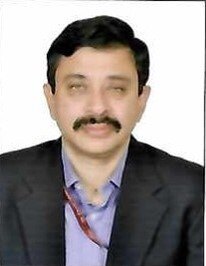
Rajib Kumar Sen
-

Nachiket Mor
-

Winnie Yip
-
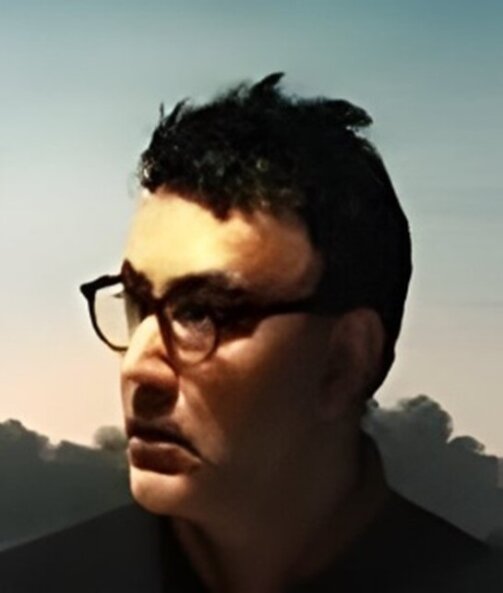
Ajay Tandon
-
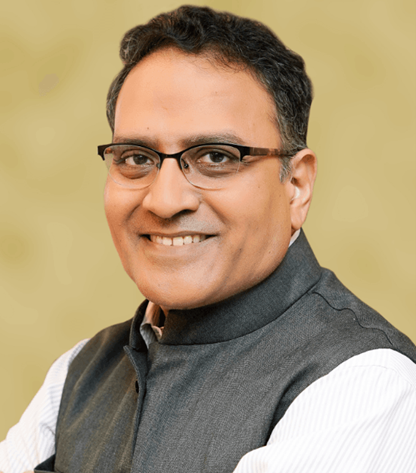
Indu Bhushan
-
Somsak Chunharas
-
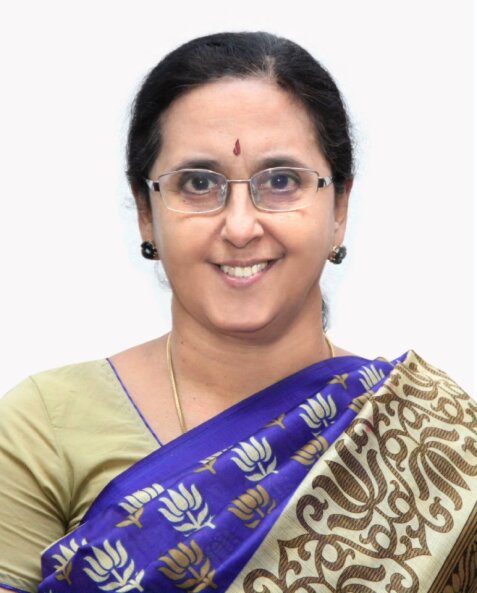
Girija Vaidyanathan
-

Enis Baris
-
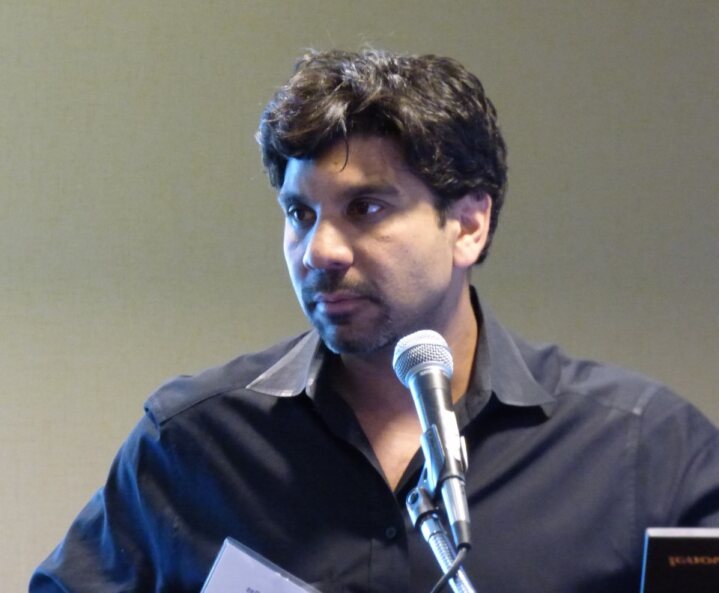
Jishnu Das
-

Sapna Desai
-
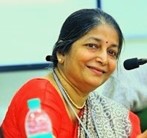
Indrani Gupta
-
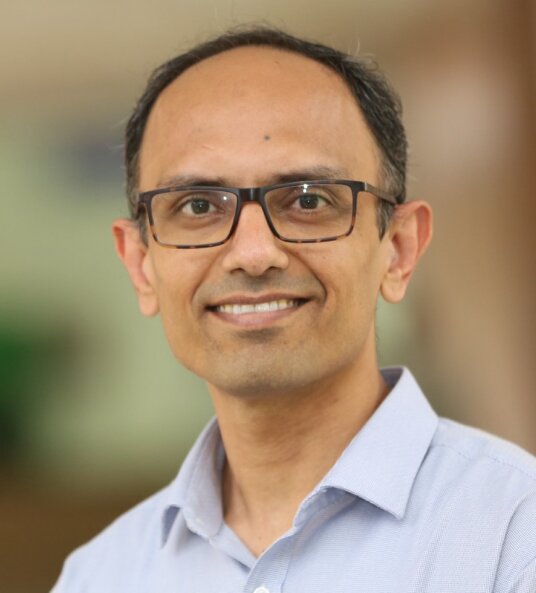
Sarang Deo
-

Ajay Nair
-

Laveesh Bhandari
-

Sandhya Venkateswaran
-

Priyadarshini Singh
Opening Session
Session 1: Demand-Side Financing Through Health Insurance
Session 2: Primary Healthcare
Concluding Session
Research Contribution and Recommendations Derived From the Conference
India's Journey to the Achievement of UHC and SDG Goals - By Nachiket Mor




































